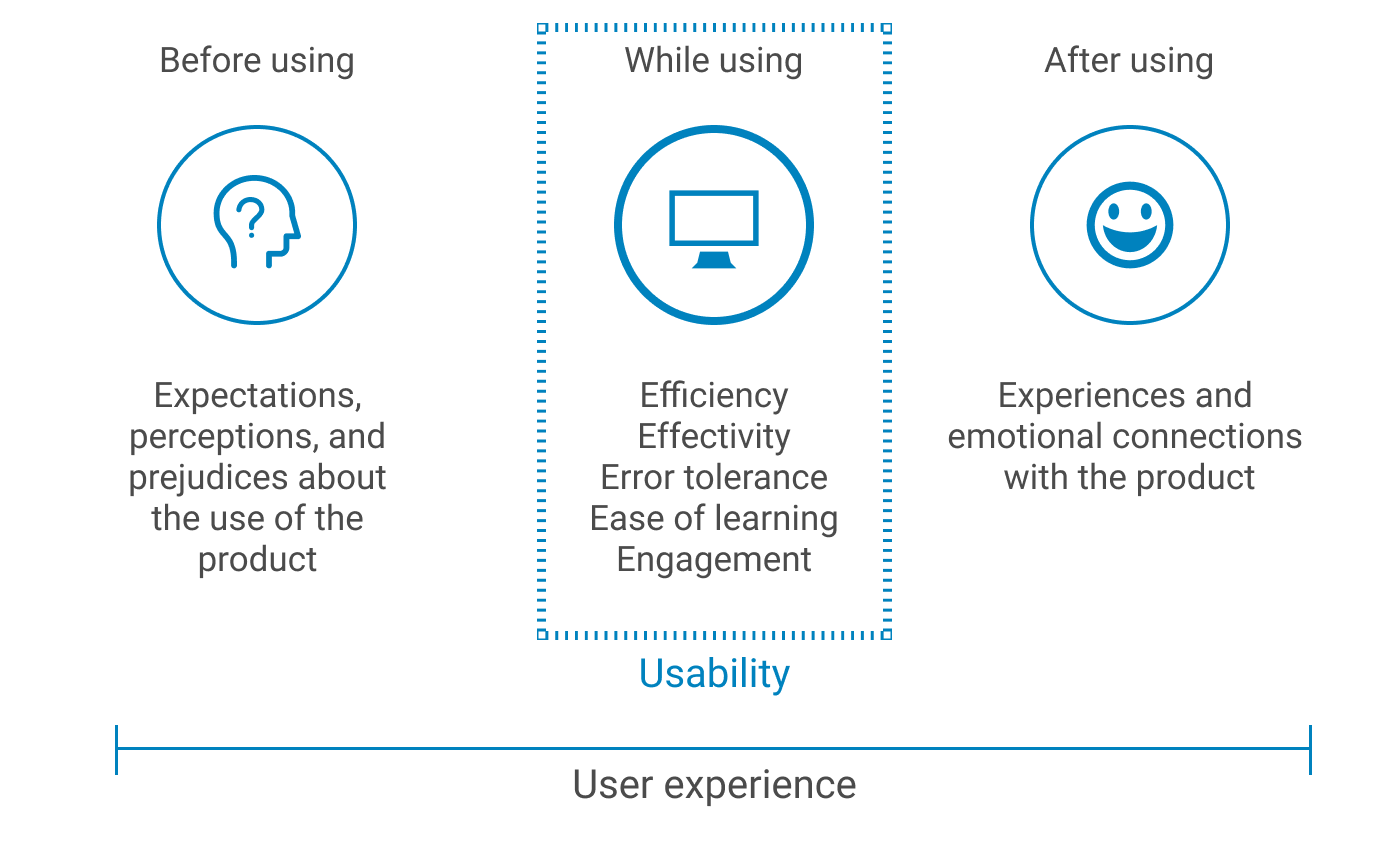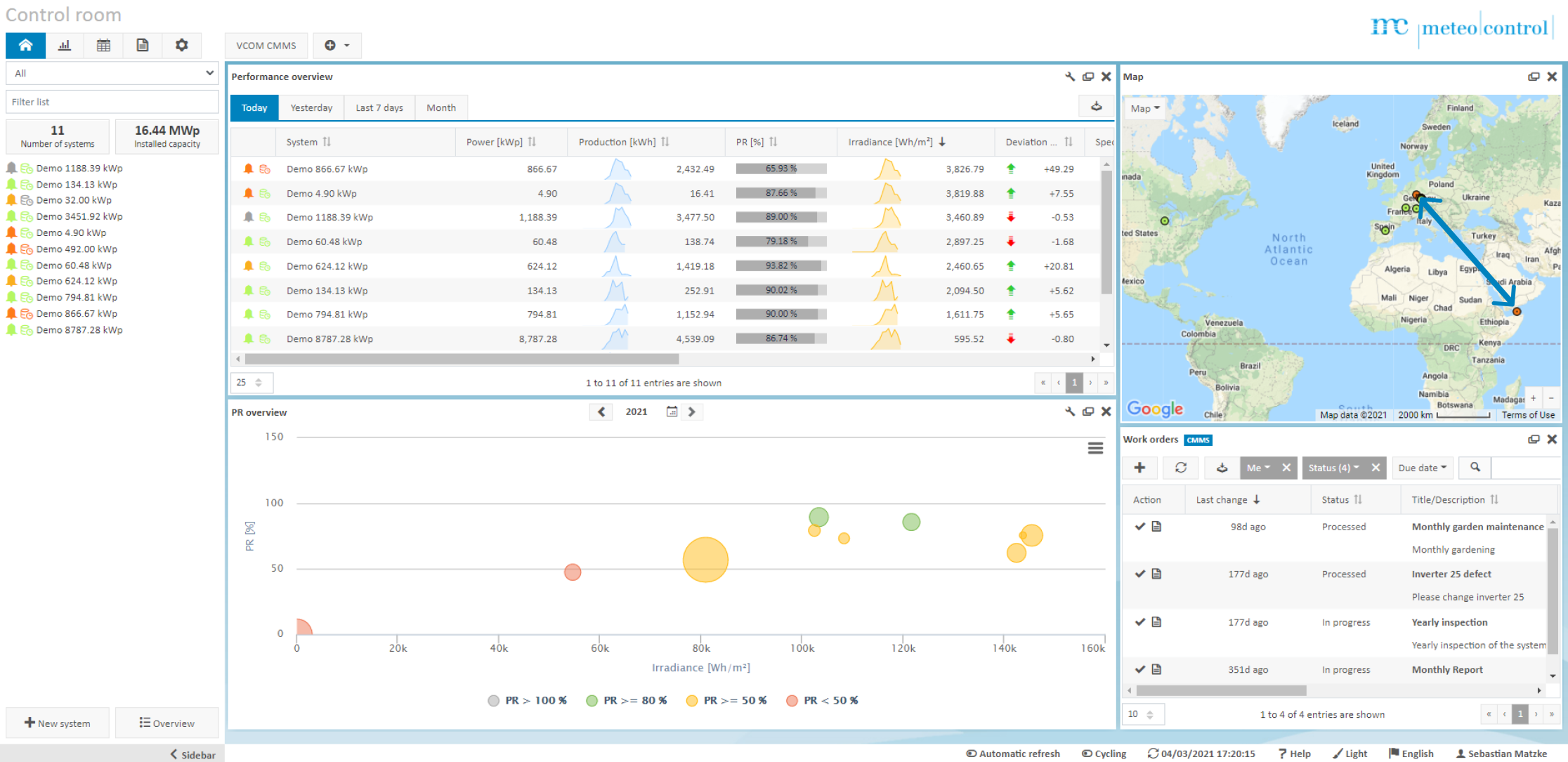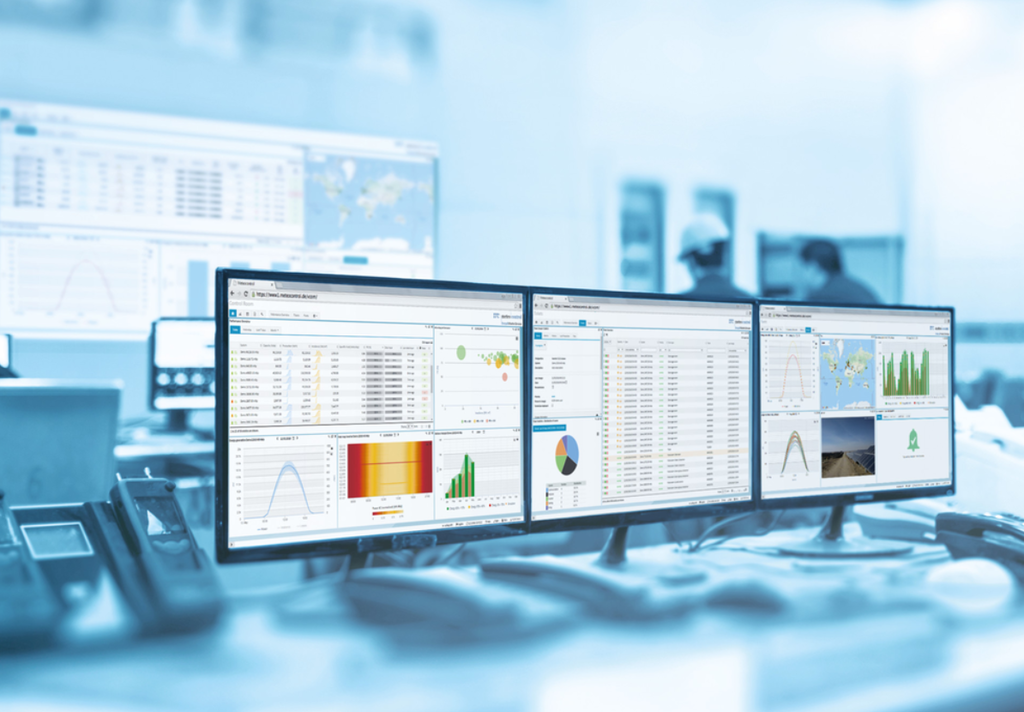#VCOM Tomorrow - Usability
Importance of usability in modern applications
As a UI / UX designer, I very often have to explain what I do. If they also know that I work in solar energy, the confusion is perfect. Let's have a look at what I do as a UI/UX designer at meteocontrol and why usability is so important in modern applications.
What does a UI / UX designer do?
In short, the UX / UI designer's job is to create interfaces that both suit user's needs and provide them with an intuitive and distinct experience. While UX is about the whole user’s experience, UI refers to the design of all the components that exist in an interface. Most of the time, however, my answer is that I am simplifying computing and mobile applications for users. Even if this answer does not fully describe the field of work of a UI/ UX designer, it is satisfactory for most people, as everyone has already had experience with problems with the operation of technical devices. Nevertheless, each of us would like to operate systems simply and intuitively, thus achieving our goals as effectively and efficiently as possible. That is why we are constantly improving the usability of our products. Before I go into the importance of usability in B2B web applications using examples, I would like to briefly explain what usability is.
What is usability?
In general, usability can be seen as comfort while interacting with a system. Building products that are efficient and easy to use is an important component for creating a satisfying overall user experience. Usability is defined as a measure of how well a specific user in a specific context can use a product to achieve a defined goal effectively, efficiently, and satisfactorily. Thus, it is important to know the users with their needs and in which context they are using a product. Furthermore, the following five elements are key components to improve usability: effectiveness, efficiency, engagement, error tolerance, and ease of learning.
Let's look at simple but broader examples to better understand the impact of usability.

Why is usability important?
Imagine we can improve the efficiency of the task “entering the location of a system” by just one second. For a single user, it doesn’t seem like a big improvement. But extrapolated to the 8300 systems created in 2020, it has a significant influence: a total of almost 2.5 hours of working time could be saved by this little change. Here you can already see that a lot of small details have a big impact on usability. Thus, improving the efficiency of recurring activities has significant effects for the individual user, too. Using keyboard shortcuts for example saves you a lot of unnecessary steps and allows you to carry out desired actions straight away. Let's say you save a total of ten seconds when creating a ticket. This may not seem like a lot at first, but since you don't have unnecessary navigation to the ticket portlet and you can continue your actual action immediately, this is a real time-saver.
But it’s not all about speed. Entering incorrect information often leads to additional work or even greater problems. For example, if you enter the wrong location, the simulation and the alarm will not work properly. Often the latitude and longitude are entered in the wrong order. As a result, for example, the system would not be located at our headquarters in Augsburg but in central Africa. In this example, the correction is not only associated with additional work, but with significant effects on the performance of the system. Closely related to this is error tolerance. In this example, good usability with cross-validation and pre-filled input fields help to protect the user from possible unnecessary errors. Thus, it is important to not only be efficient but also effective or in other words accurate in solving tasks. This is why we are currently revising the system setup process and are attaching particular importance to optimal usability - stay tuned!

Of course, the goal is that everything can be operated intuitively. Due to the range of functions of the VCOM, it can still happen that new customers, in particular, have to learn a certain behavior. Taking ease of learning into account enables new users to accomplish goals easily and even more easily on future visits. You can say it's about how well the product supports both initial orientation and deeper learning.
Last but not least it’s about aesthetics. In terms of usability, engagement means that it’s not only about looking nice but also about looking right. Design principles can have a significant influence on all of the aforementioned aspects. In particular, effectiveness and efficiency can be severely impaired by disregarding these principles.
Summary
Optimizing human-machine interactions play a key role, especially in times of digitization. The examples presented illustrate how important usability is nowadays and what impact it can have on our daily work. Especially in the monitoring of PV systems, improving usability is of great importance because this is the only way to manage large portfolios efficiently and effectively.
